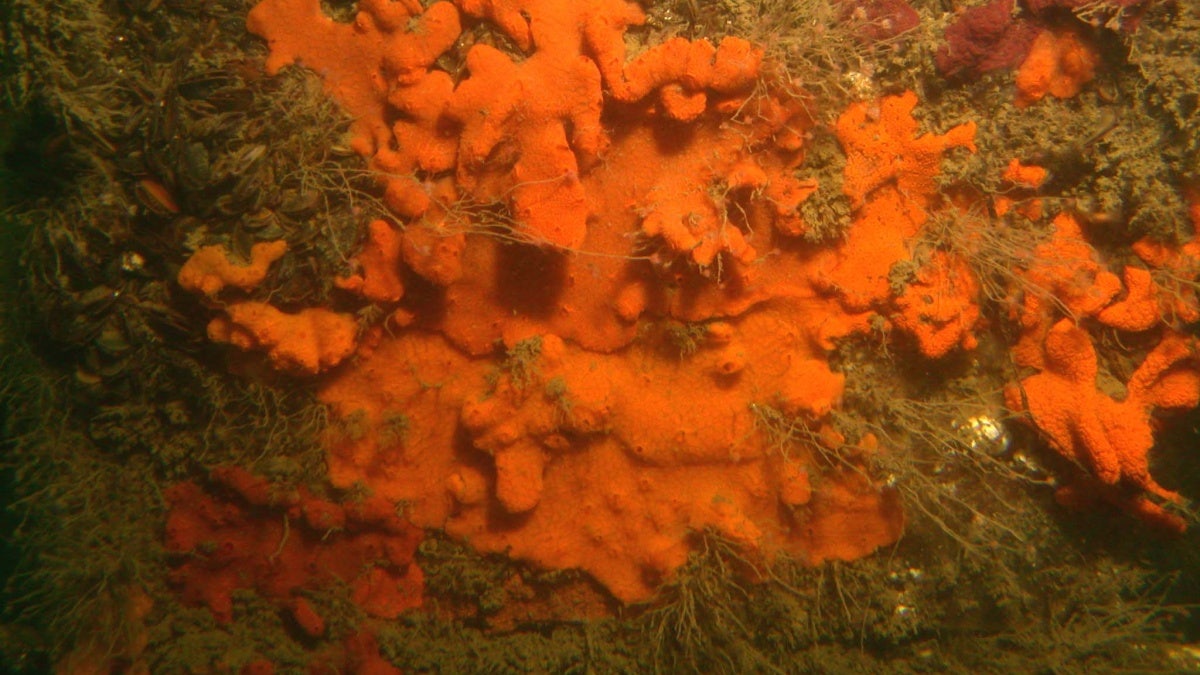Why are 'sea squirts' flourishing off Maine's coast?
University of New Hampshire researchers are warning about the dangers of 'sea squirts' to the Maine ecosystem.
Sea squirts are flourishing off the coast of Maine as temperatures in the Gulf of Maine steadily increase. They may sound cute, but they could cause a "giant-sized problem," University of New Hampshire (UNH) researchers have warned in the past.
The population of the jelly-like marine invertebrate animals — also known as tunicates — has grown rapidly in recent years, and they're starting to wipe out other organisms that are vital to the ocean's ecosystem.
“They are having a banner year this year. They are out there competing with the seaweeds and [other organisms] on the bottom," Larry Harris, a zoology professor at UNH, told the Bangor Daily News on Thursday.
MYSTERIOUS 'CREATURE' SPOTTED IN JUPITER'S CLOUDS STUNS NASA, SPACE ENTHUSIASTS
With an estimated temperature increase of about 3.6°F in the next few years, the number of invasive species, particularly the Didemnum vexillum and Botrylloides violaceus, could double, according to UNH research released back in February.
“In the past decade, we’ve seen their populations spread more northeastward to places like Eastport, Maine where there are now much larger colonies than before and these colonies have also spread to natural substrates, like rocks and seaweed,” Jennifer Dijkstra, a research assistant professor in the School of Marine Science and Ocean Engineering at UNH’s Center for Coastal and Ocean Mapping, said in an online statement at the time.

Sea squirts are flourishing off the coast of Maine. (Jennifer Dijkstra/UNH)
Sea squirts are 2-inch-long organisms that tend to live in clumps, sticking to coral reefs, seaweed and other objects found near the ocean floor, the Chesapeake Bay Program states online. They got their nickname because of the way they feed — they suck in water through one of their siphons, filter in the food particles and then eject waste back out through another siphon.
"Like many invasive species, once they’ve settled in an area, it’s tough to get rid of them," UNH said, noting they use a "glue-like substance" to firmly attach themselves to "just about any surface."
They've been around since the 1980s but marine scientists are concerned about the potential havoc they could wreak around Maine if their population continues to thrive. In particular, they believe the species could hurt the local oyster business.
MYSTERIOUS 26-FOOT WORM-LIKE SEA CREATURE STUNS DIVERS
“If they overgrow the nets, they smother the oysters inside the nets,” Harris explained
Rhian Waller, an associate professor at Darling Marine Center, agreed sea squirts are becoming more and more problematic.
“They are becoming more dominant in many ecosystems on the midcoast for sure — especially on lines, docks, pipes and buoys left in the water for any period of time,” Waller told Bangor Daily News “They basically spread in an ecosystem. The larvae settle fast and grow fast, so [they] exclude other organisms, using up all the space for other organisms to settle.”
“They are having a banner year this year."
So, what's the solution?
Right now, marine experts say there's not much that can be done.
“Once they’re well established like this, there’s nothing you can do about it,” Harris said.
Researchers will need to continue studying the yellow-orange blobs in order to understand how to stop the population from growing.





















